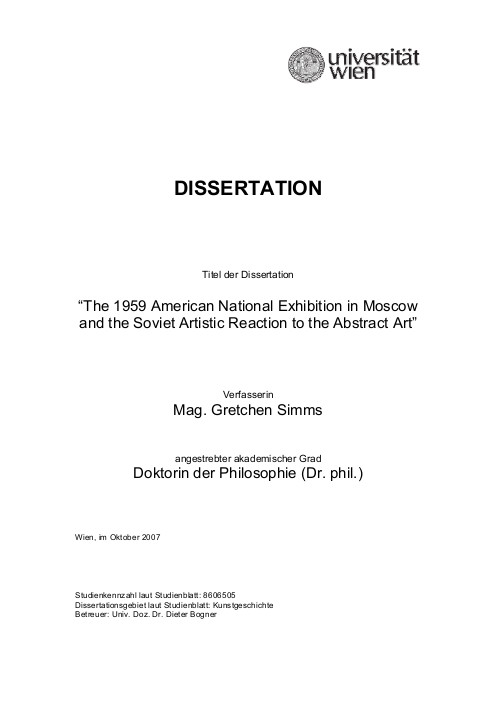Yolande Harris: Scorescapes: On Sound, Environment and Sonic Consciousness (2011)
Filed under thesis | Tags: · consciousness, environment, listening, sound, sound art, technology
“Scorescapes investigates how sound mediates our relationship to the environment, and how contemporary multidisciplinary art practices can articulate this relationship. It joins my own artistic practice with a theoretical analysis of the field, highlighting how relationships to the environment drawn through sound are profoundly bound up with technology. Key concepts include: making the inaudible audible; underwater sound and cetacean communication; field recordings and the contextual basis of sound; typologies of listening; the score as relationship; and techno-intuition.
Scorescapes negotiates a role for the artist and composer as a researcher, creating hybrid methods and developing alternative forms of knowledge that heighten personal awareness through direct engagement with sonic environments. Working closely with composers David Dunn, Alvin Lucier and Pauline Oliveros, and with bio-acoustic scientist Michel André, I tested and applied theoretical ideas, generating unexpected artistic research questions and methods. These included the need to distinguish between audification, sonification and visualization processes, the paucity of research on underwater sonic environments and the anthropocentric bias towards environmental sound.” (from the Abstract)
PhD thesis
Academy for Creative and Performing Arts, Faculty of Humanities, Leiden University
Supervisors: Frans de Ruiter, David Dunn, Bob Gilmore
146 pages
via leidenuniv.nl
Gretchen Simms: The 1959 American National Exhibition in Moscow and the Soviet Artistic Reaction to the Abstract Art (2007)
Filed under thesis | Tags: · abstract art, abstract expressionism, art history, cold war, cultural politics, politics, soviet union, united states

“The American National Exhibition was an exchange exhibition organised by the United States Information Agency (USIA) and took place at Sokolniki Grounds in Moscow in 1959. The overall director George V. Allen and the Association of Federated Artists (AFA) Vice President Lloyd Goodrich, who was also President of the Whitney Museum of American Art in New York, were responsible for the art section of the Exhibition. The art committee selected, intended to show the Soviet public the developments in modern American art since World War I.
The Soviet response to the Exhibition can only be fully appreciated by looking back at the developments within Russian and Soviet art as well as the political and social changes which the peoples in the Soviet Union experienced under Khrushchev. Through the analysis of the Soviet reception of the Exhibition, this dissertation shows how the Soviet public and especially the artworld in Moscow perceived specifically the American abstract art.
It reveals how the American abstract art displayed at the Exhibition facilitated the Soviet artists path in looking back at their Russian roots, looking within themselves and looking outside of their immediate boundaries in order to create new Soviet art.” (from the Abstract)
Art History, University of Vienna
Supervisor Dieter Bogner
191 pages
Benjamin Robert Levy: The Electronic Works of György Ligeti and Their Influence on his Later Style (2006)
Filed under thesis | Tags: · electronic music, music, music theory
This dissertation investigates the connections between the composer’s pieces for electronic tape written in the late 1950s and the instrumental music he composed thereafter. There are numerous reasons to suspect such a chain of influence, including suggestive comments Ligeti has made in interviews. Moreover, these works, Glissandi (1957), Artikulation (1958), and the uncompleted Pièce électronique no. 3 (1957-58), were written at a critical point in the composer’s career, falling between two major stylistic periods. Before he fled Hungary in December 1956 his compositions were influenced by Bartók, but his orchestral pieces Apparitions (1958-59) and Atmosphères (1961) were much celebrated for their strikingly original textures and timbres. While these orchestral pieces secured Ligeti’s reputation as an important avant-garde figure, the first works he composed in the West were the electronic pieces, which have suffered relative neglect. There are difficulties inherent in analyzing electronic music, and thus the first chapter of this dissertation focuses on theoretical literature in this growing field, including discussion of musical timbre, different means of notation, and in particular, the work of theorist Robert Cogan. Chapters 2 and 3 are analytical studies of Ligeti’s finished tape piece, using spectrographs and information from Ligeti’s sketches to focus on the use of sonic material in the construction of form. Additionally each study is put in the context of Ligeti’s contemporaries, composers such as Karlheinz Stockhausen and Gottfried Michael Koenig, as well as figures such as the philosopher T.W. Adorno. The fourth and final chapter focuses on the historical chain of influence and examines some of Ligeti’s instrumental music, particularly Apparitions, in light of the their electronic precedents. These examples illuminate connections between the electronic and instrumental, ranging from the slightest nuances in individual gestures-many of which are translated directly from one medium to the other-to methods of constructing entire forms, which continue to appear throughout Ligeti’s oeuvre; thus, the final aim of this dissertation is to provide groundwork for further studies which will deepen the understanding of other works by this innovative composer.
Dissertation
Faculty of the Graduate School of the University of Maryland, College Park
May 2006
272 pages

